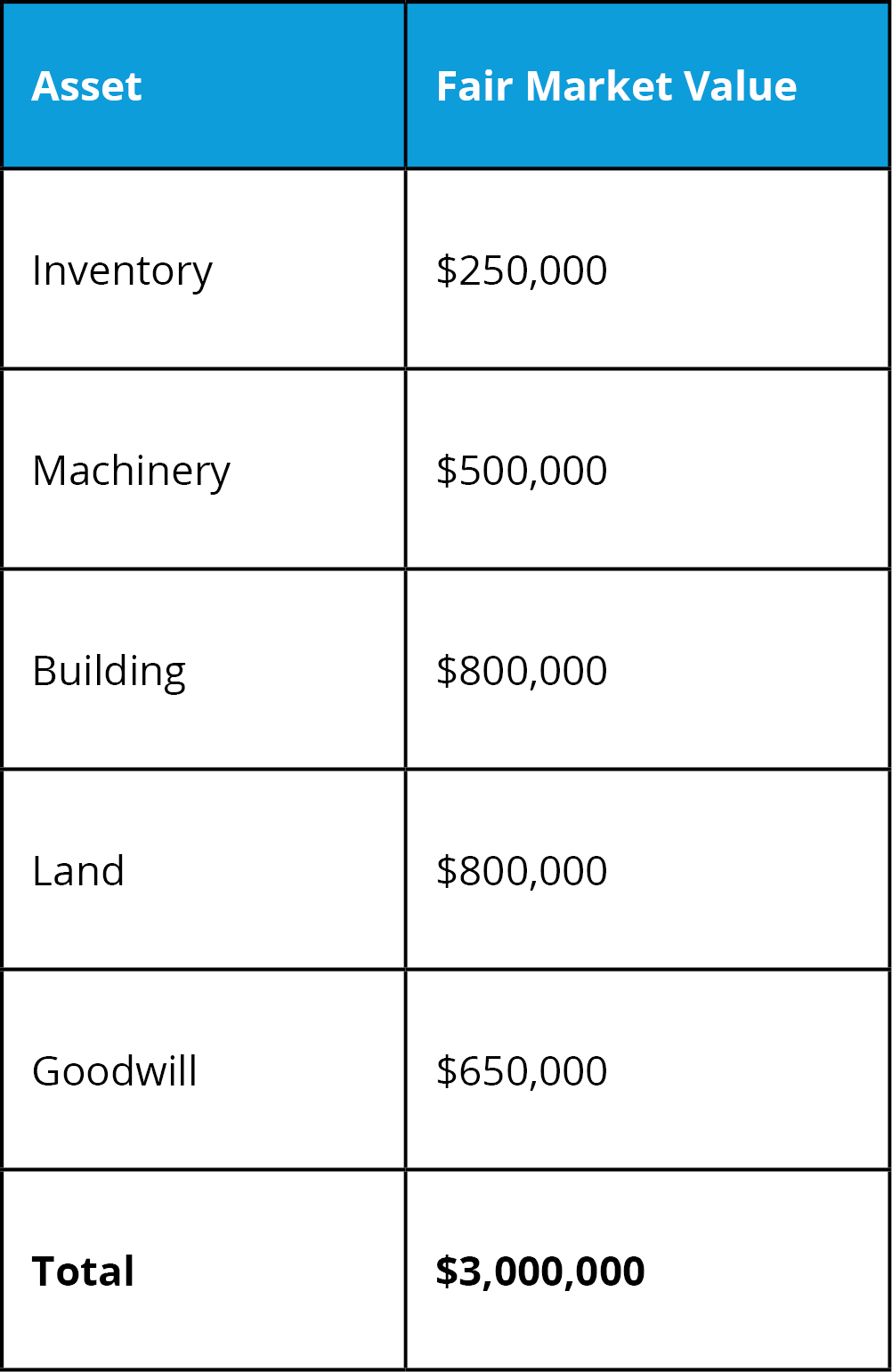When the owners of a family business are ready to sell, there are many considerations. Among the most important is handling the sale in a tax-wise manner.
In most cases, the buyer wants to make a direct purchase of the company's assets — as opposed to buying all the ownership interests in the legal entity used to conduct the business. A direct asset purchase allows the buyer to "step up" the tax basis of the acquired assets to reflect the purchase price. That means bigger post-purchase tax write-offs for depreciation, amortization, cost of goods sold and so forth.
A specific set of federal income tax rules applies to these transactions. Sellers who plan ahead can minimize their tax bills. Those who don't often pay too much to Uncle Sam and their state tax collectors.
When assets that constitute a business are sold, the IRS requires the seller and buyer to use a certain method to allocate the total sale price to the specific assets involved.
On the seller side, this allocation assigns the total sale price to specific items to allow the seller to calculate taxable gains and losses asset by asset. On the buyer side, the allocation establishes the buyer's tax basis in each acquired asset.
The following basic procedure is used by both seller and buyer to allocate the purchase-sale price for tax purposes:
The allocation outlined above seems cut-and-dried. But it really isn't because the process of determining the fair market value of business assets is more of an art than a science. As a result, there can be two or more legitimate appraisals for the same business assets — and one may give you significantly better tax results.
Example: Let's assume you and the other shareholders of the family S corporation agree to sell the company's assets for $3,000,000. For the sake of simplicity, assume the assets consist of inventory, machinery, a building, land and goodwill. You want to minimize amounts allocated to inventory and machinery, because gains from those assets are passed thorough as "ordinary income" to you and other shareholders and taxed at regular rates of up to 37%.
On the other hand, you want to maximize amounts allocated to the land and goodwill because gains from those assets are taxed at no more than 20% (not counting the 3.8% Medicare surtax on net investment income that will be owed by some upper-income individuals). As for the building, gain up to the cumulative amount of depreciation deductions will be taxed at a maximum rate of only 25%. Any additional profit qualifies for the 20% long-term capital gains rate. So a relatively high allocation to the building is likely to be preferable to you and the other sellers.
The buyer hires a professional appraiser to estimate specific fair market value figures for the assets included in the deal. Of course, the buyer has a tax incentive to maximize amounts allocated to inventory (which will be sold quickly), machinery (which can be depreciated over seven years) and goodwill (which can be amortized over 15 years). The buyer also has a tax incentive to minimize amounts allocated to the building (which must be depreciated over 39 years) and the land (which must be permanently capitalized for tax purposes). The appraiser comes up with the following fair market values:

The buyer likes this appraisal because it allocates 65% of the purchase price to assets that can be written off relatively quickly (inventory, machinery and goodwill) and allocates only 13% to the land. However, as the seller, you are disappointed, so you hire another professional appraiser for a second opinion. This appraiser comes up with the following fair market values:

You're satisfied with the second appraisal because it assigns 75% of the sale price to the building, land and goodwill, which are all low-taxed capital gain assets. By doing so, the second appraisal delivers much better tax results for you and the other sellers. So the next step is to negotiate a set of appraised values that deliver tax results you and the buyer can live with. There are bound to be differences, but once you have those valuations you can use them to allocate the purchase-sale price according to the six-step procedure explained above.
Remember: The appraisal work and any negotiations regarding appraised values should occur before the terms of sale are finalized. Contact your tax advisor for more information about arranging a tax-smart sale of assets for your family business.
Business valuations encompass tangible assets such as real estate and equipment, as well as intangibles such as employee loyalty, manufacturing processes, your customer base, business reputation, patents and new technologies.
Other considerations: The involvement of the selling generation and the expertise of the buyers. Many family businesses are built on successful relationships. The better these bonds can be maintained, the better the potential for continued success — an important factor if some relatives are staying with the business. For example:
Get in touch today and find out how we can help you meet your objectives.